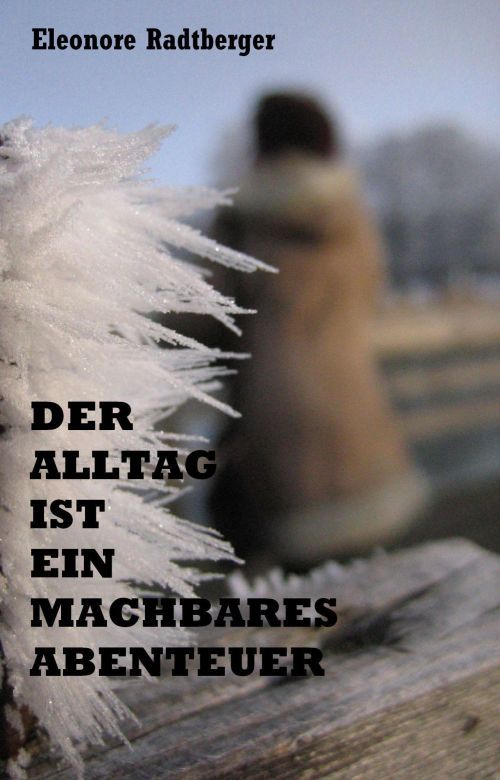
|
Shrinkflation: The trick of hidden price increases
Misleading consumers with deceptive packaging

While researching the topic of "high inflation" (read my article "The impact of high inflation and how to deal with it in a modern economy"), I came across terms such as "shrinkflation", "cheapflation" and "stagflation". As these terms became more common, I looked into them more closely.
The portmanteau "shrinkflation"
Shrinkflation is a relatively new portmanteau made up of the words "shrink" and "inflation". It describes a phenomenon in which the size or quantity of a product decreases while the price remains the same or even increases. Consumers therefore receive less of a product without the price changing significantly. This concept is particularly important in times of economic uncertainty and inflation, as it is a subtle way in which companies try to cover their costs while maintaining the appearance of stable prices.
The term will be increasingly used in the media from around 2022 (source: Google Trends). Shrinkflation is now known to many consumers as "deceptive packaging" and is increasingly discussed in the context of rising living costs and inflation.
The terms "inflation" and "shrinkflation"
"Inflation" is nothing more than a general rise in the prices of goods and services. It is often triggered by various factors, such as rising production costs, increased demand or central bank monetary policy. When the inflation rate rises, it means that consumers have to pay more money for the same amount of goods or services. This often leads to feelings of financial stress and uncertainty.
"Shrinkflation", on the other hand, is a reaction to inflation that is often less obvious. Instead of raising prices directly, companies take a more subtle approach: they reduce the quantity or size of the products they offer. This can happen to a wide range of products, from food to household goods and from cosmetics to pharmaceuticals.
A classic example of deceptive packaging is a chocolate bar that used to weigh 200 grams but now weighs only 150 grams for the same price. Since 2014, there has even been a negative award in Germany: the "Deceptive Package of the Year" ("Mogelpackung des Jahres") is given to products that deceive consumers with hidden price increases or misleading packaging.
Shrinkflation: companies, consumers and risks
One reason why companies choose to use shrinkflation is competition. In markets with high price pressure and price-sensitive consumers, a direct price increase can cause customers to switch to other suppliers. By reducing the quantity of products, companies can maintain their profit margins without having to charge disproportionately high prices. This often goes unnoticed by consumers. They notice that the price has stayed the same and think they are buying the same product, when in fact they are getting less.
Another aspect of shrinkflation is psychological. Many consumers have a certain tolerance for price increases. However, they are less willing to accept a reduction in quantity or size. By hiding the price change in size or quantity, companies avoid possible negative reactions from their customers. This strategy is particularly clever because it gives consumers the impression that they are still getting the same product at the same price, even though the actual value of the product is decreasing.
Shrinkflation also has its risks. While it can help a company's profitability in the short term, it can undermine consumer confidence in the long term. When customers notice the changes, they may react with disappointment or even anger. This can lead to customers churning or avoiding brands they perceive as misleading. In a world where transparency and honesty are increasingly valued by consumers, shrinkflation can become a reputational risk for companies.
Shrinkflation: fair practice, tricky or unethical?
Beyond the issue of trust, shrinkflation has wider social and economic implications. In times of persistently high inflation, shrinkflation can cause consumers' real incomes to stagnate or even fall as they pay more for less. This leads to a deterioration in living standards and can hit low-income households particularly hard, as they are often the hardest hit by price rises. As consumers get less and less for their money, the pressure on retailers and the economy increases.
There is also a debate about whether shrinkflation is a fair practice or whether it should be seen as tricky and unethical. Critics argue that consumers should have the right to be openly informed about how much they are actually paying for a product, and that companies have a responsibility to communicate such changes transparently. Some companies have already started to label or communicate price changes more clearly in order to maintain consumer confidence.
Overall, the phenomenon of shrinkflation demonstrates the complexity of the relationship between prices, products and consumer behaviour. It is a strategy used by companies to meet the challenges of an inflationary economy, but it also has far-reaching consequences for consumers and society as a whole. To be honest with themselves and their customers, companies might consider being transparent about shrinkflation and willing to share information, rather than (deliberately) keeping consumers in the dark.
What is the difference between "shrinkflation" and "cheapflation"?
Although the terms "shrinkflation" and "cheapflation" sound similar and both have to do with price increases, they describe different phenomena.
The new portmanteau word "cheapflation" is made up of "cheap" and "inflation". It first appeared in the media in 2023. It describes a form of inflation in which the quality of a product deteriorates while the price remains stable or even rises. This phenomenon is often seen in food production: a manufacturer may use cheaper alternatives instead of high-quality ingredients to reduce production costs. While the packaging and price may remain the same, the quality of the product suffers, which ultimately means that consumers pay more for a poorer product.
"Shrinkflation" is mainly about quantity (less content for the same price), while "cheapflation" is about quality (the same price for an inferior product).
Are there other terms in common parlance related to inflation?
The portmanteau word "stagflation", which has been circulating in the media since around 2004, combines the terms "stagnation" and "inflation". It refers to an economic phase in which the economy stagnates while prices rise. This can create a very uncomfortable situation for consumers and policymakers, as traditional anti-inflationary measures, such as interest rate hikes, can put additional pressure on the economy.
Finally, a familiar term is "deflation", which is not a portmanteau but is often discussed in conjunction with inflation. In deflation, prices fall, which can indicate weak demand.
© "Shrinkflation: The trick of hidden price increases. Misleading consumers with deceptive packaging": An article by Izabel Comati, 01/2025. Image credit: Shop with goods, CC0 (Public Domain Licence).
– A meadow beauty with staying power: Bellis perennis
– Rider-Waite Tarot cards: the hidden significance of the Major Arcana
– The job of his dreams (Short story)
Discover more articles! Use the search function:
English archive:
More reviews, book presentations and essays
2024/2025
German archive:
2024 |
2023 |
2022 |
2021 |
2020 |
2019 |
2018 |
2017 |
2016 |
2015 |
2014 |
2013 |
2012 |
2011 |
2010 |
2009
Become a writer for Pressenet! Write articles for our online magazine on trending topics such as best books to read, health and wellness, technology and gadgets, business and finance, travel and tourism, lifestyle and fashion or education and career. Info: Become an author
Sponsors and investors are welcome: If you found our articles interesting, we would be grateful for a donation. Please also recommend us to your networks. Thank you very much!
Sitemap About Privacy Policy RSS Feed





